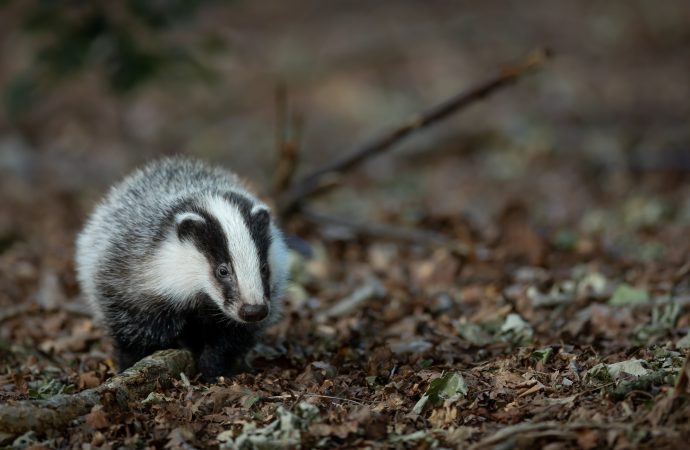Badgers are fascinating creatures that have captured the imagination of people for centuries. Unfortunately, many misconceptions surround these animals, leading to misunderstandings about their behavior and impact on the environment. In this article, we will debunk some of the most common badger myths and reveal the truth about these mysterious creatures. Myth #1: Badgers are
Badgers are fascinating creatures that have captured the imagination of people for centuries. Unfortunately, many misconceptions surround these animals, leading to misunderstandings about their behavior and impact on the environment. In this article, we will debunk some of the most common badger myths and reveal the truth about these mysterious creatures.
Myth #1: Badgers are aggressive and dangerous to humans.
Badgers are generally shy and solitary animals that prefer to avoid humans. While they have been known to defend themselves if they feel threatened, they are not typically aggressive toward people. In fact, badgers are more likely to retreat and hide than to attack.
Myth #2: Badgers are pests that destroy gardens and crops.
While badgers do have a powerful digging ability that can cause damage to lawns and gardens, they are not known for eating crops. In fact, badgers play an important role in controlling rodent populations that can damage crops. They also help to aerate soil and distribute seeds, making them important members of many ecosystems.
Myth #3: Badgers are carriers of diseases that can be transmitted to humans and livestock.
While badgers can carry diseases such as tuberculosis and bovine TB, the risk of transmission to humans or livestock is low. In areas where TB is a concern, measures are taken to manage badger populations and minimize the risk of infection.
Myth #4: Badgers are nocturnal animals that are rarely seen during the day.
While badgers are primarily nocturnal, they are sometimes active during the day, especially in areas with less human activity. Badgers may also be more active during the day during certain times of the year, such as in the spring when they are raising their young.
Myth #5: Badgers are solitary animals that do not form social bonds.
While badgers are typically solitary, they do form social bonds with family members. Badger families are known as clans and can consist of up to 15 individuals. Family members may share dens and work together to raise young.
Myth #6: Badgers are vicious predators that kill for sport.
Badgers are opportunistic predators that will hunt a variety of small animals, such as rabbits, rodents, and insects. However, they do not kill for sport and only hunt when they need to eat.
Myth #7: Badgers are a threat to domestic pets.
While badgers may defend themselves if they feel threatened, they are not typically a threat to domestic pets. In fact, many badgers coexist peacefully with domestic animals such as cats and dogs.
In conclusion, badgers are fascinating animals that play an important role in many ecosystems. By debunking these common myths, we can better understand and appreciate these mysterious creatures.

















Leave a Comment
Your email address will not be published. Required fields are marked with *